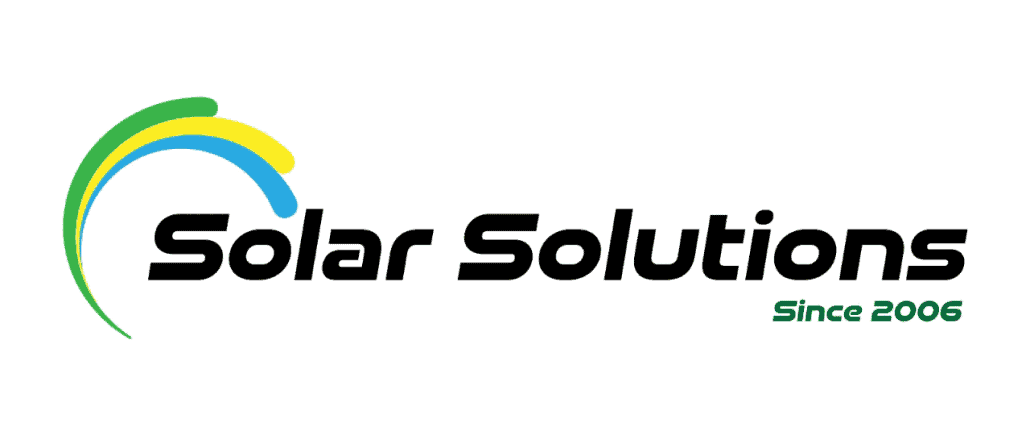
Solar Installation: Monocrystalline vs Polycrystalline Panels
Thinking about getting solar panels for your home or business? You might be curious about the best type: Monocrystalline vs Polycrystalline Solar Panels. Both use sunlight to create electricity, but they have differences. This article breaks down the good and not-so-good aspects of each, so you can choose wisely.
First Understand Monocrystalline and Polycrystalline Panels
Solar panels are a great way to use sunlight for electricity, reducing your reliance on the power grid and helping the environment. Before we talk about monocrystalline and polycrystalline panels, let’s understand the basics.
Solar panels have photovoltaic cells converting sunlight into electricity. These cells are made from monocrystalline or polycrystalline silicon.
- Monocrystalline panels use a single crystal structure, making them look sleek and black.
- Polycrystalline panels are made by pouring silicon into a mold, giving them a blueish appearance due to scattered light from multiple crystals.
Differences Between Monocrystalline and Polycrystalline Panels
While both monocrystalline and polycrystalline panels serve the same purpose of generating electricity from sunlight, there are several key differences between the two.
Difference in Efficiency and Performance
Solar companies in El Paso have Monocrystalline and polycrystalline solar panels differ mainly in how well they work. Monocrystalline ones are really good at about 15% to 20% efficiency, meaning they can turn more sunlight into electricity compared to polycrystalline panels.
Now, polycrystalline panels are a bit less efficient, usually around 13% to 16%. But, over time, the difference has been getting smaller. Manufacturers have been improving polycrystalline panels, making them perform closer to monocrystalline panels.
Cost Comparison
When thinking about solar panels, the cost is a big deal. Monocrystalline panels are more expensive than polycrystalline ones because they are more efficient and need more work and resources to make. On the other hand, polycrystalline panels are cheaper than monocrystalline. They cost less to produce, making them a good choice if you want a more affordable solar panel. On average, monocrystalline solar panels cost between $1.00 and $1.50 per watt, and polycrystalline panels range from $0.90 to $1.50 per watt in the USA.
Durability and Lifespan Difference
Both monocrystalline and polycrystalline solar panels are made to last for many years against the weather. But there are some differences.
Monocrystalline panels are tough and last a long time because they can handle heat well. They usually come with warranties that last between 25 to 30 years. On the other hand, polycrystalline panels are a bit less strong because they have many crystals. This makes them more sensitive to heat, but with the right care, they can still last for 25 years or more.
Factors to Consider While Installing Monocrystalline and Polycrystalline Panels.
When installing solar panels, there are some things to think about, no matter if you go for monocrystalline or polycrystalline ones.
- Evaluate Available Space
First, check how much space you have on your roof or property. Both kinds of panels need space to make electricity. Monocrystalline panels are better per square foot, so you’ll need fewer of them to get the same amount of electricity as polycrystalline panels.
- Consider Panel Placement
Next, think about where your panels face and how they tilt. It’s best if they point south or southwest to get the most sunlight during the day. Also, adjust the tilt based on where you are to get the most energy.
- Consult a Professional Installer
Finally, make sure to team up with a professional solar installer. They can understand what you need and guide you on the best way to install panels on your property. Consider hiring experienced professionals like Solar Solutions, who have years of expertise in the field. They can recommend the best panel for your needs and budget, providing guidance until you’re fully satisfied with your solar installation.
Which is Better Monocrystalline vs Polycrystalline Solar Panels?
Ultimately, the choice between monocrystalline and polycrystalline panels depends on what you need and how much you can spend.
If you don’t have much roof space or want the most energy from each square foot, go for monocrystalline panels. They cost more, but their efficiency helps save energy in the long run. On the flip side, if your roof is big and you’re on a tight budget, polycrystalline panels might be better. They’re not as efficient, but they still save a lot of energy over time.
Think about how much energy you use, how big your space is, your budget, and your long-term plans when deciding. Talking to a solar expert can help you figure out what’s best for you.
Maintenance and Care for Monocrystalline and Polycrystalline Panels
To make sure monocrystalline and polycrystalline panels work well for a long time, you need to take care of them regularly. Here are some things you need to do:
Regular Cleaning:
- Use a soft brush, sponge, and mild detergent.
- Avoid abrasive materials or harsh chemicals.
Monitoring for Damage:
- Check for cracks or shattered glass regularly.
- Contact a professional solar technician if you find any issues.
Performance Monitoring:
- Keep an eye on the energy output of your solar panels.
- If there’s a significant drop, it may signal a problem that needs attention.
Conclusion
When deciding between monocrystalline and polycrystalline solar panels, there’s no one-size-fits-all answer. It’s important to think about efficiency, cost, durability, and installation needs to make a smart choice. Monocrystalline panels are really good at making energy and look nice, but they cost more. On the other hand, polycrystalline panels are more budget-friendly, though a bit less efficient, yet they still save a bunch of energy. When picking panels, think about what you need, how much space you have, and your budget.
Seeking advice from a professional solar installer like Solar Solutions can guide you through the process and ensure a successful installation. Getting solar panels is a smart move. It’s not only good for the environment but also saves money in the long run. So, go ahead and use the sun’s power for clean energy at your home or business.



